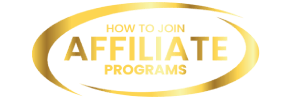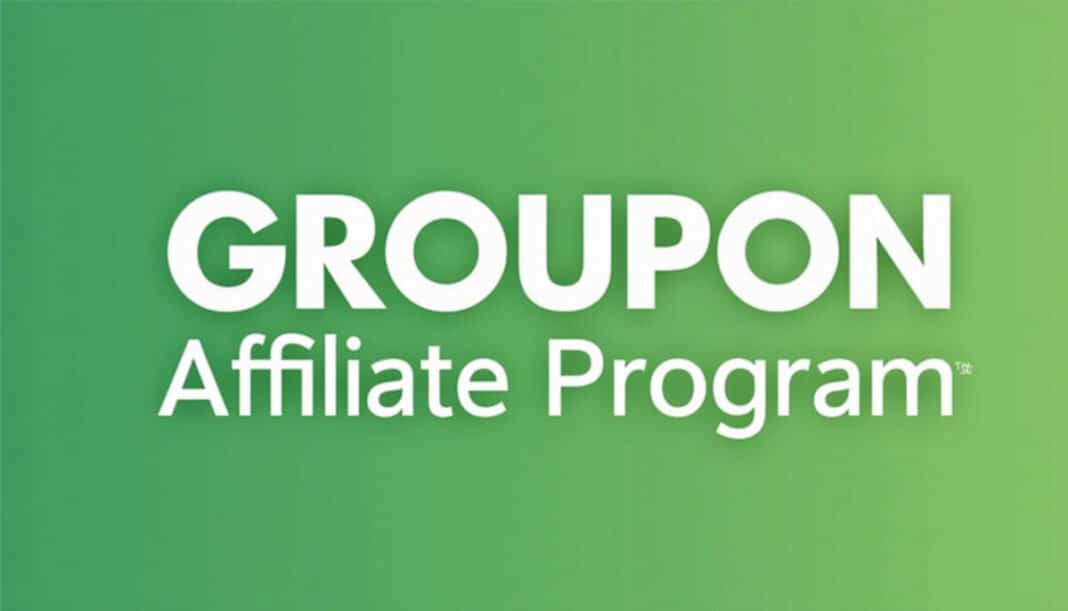Every once in a while, a program comes along that feels like it was tailor-made for bargain hunters and content creators alike. Enter the Groupon Affiliate Program—a way to tap into steep discounts on local experiences, travel, products, and services, all while earning commissions. If you’ve ever wondered how to turn your love of deals into a side hustle (or full-time gig), stick around. We’ll break down how the program works, share a few hard-won tips, and even point you toward five solid alternatives.
What Exactly Is the Groupon Affiliate Program?
At its core, the Groupon Affiliate Program lets bloggers, influencers, and savvy webmasters earn a slice of every purchase made through their unique links. Think of it this way: you spot a spa deal for half-off. You share the link on your blog or social channel. Someone books it. You earn—typically 3.2% to 8.8% commission per sale, depending on the product and network. Not too shabby, especially when promotions hit epic heights of 75% off.
Honestly, it took me a minute to wrap my head around the payout tiers. You’ll find a range of rates depending on the type of deal. But whisper it quietly: some networks have negotiated rates as high as 12%. It’s worth shopping around when you apply.
How It Works (Yes, It’s Pretty Straightforward)
- Sign Up on an Affiliate Network.
Groupon’s affiliate program is primarily hosted on CJ Affiliate (formerly Commission Junction) and Impact. Pick the network that aligns with your niche—and the commissions that appeal to you most.
- Grab Your Links and Creative Assets.
Once approved (usually within a few days), dive into the dashboard. You’ll get access to text links, banners, and even coupon codes. The beauty here is that Groupon supplies the visuals—so you can focus on content, not design.
- Share, Share, Share.
Embed those links in blog posts about date-night ideas, weekend getaways, or “Top 10 Local Eats.” Social media? Sure. Email newsletters? Absolutely. With a 7-day cookie window, you’ve got a short, sweet window to convince fence-sitters to click—and complete the purchase.
- Earn Commissions.
When someone clicks your affiliate link, buys the deal, and completes the transaction, you pocket your percentage. Your chosen affiliate network cuts you a check once you’ve hit the threshold (usually $50–$100).
(You know, at first I felt a twinge of doubt—“Will anyone actually use this link?”—but after a few posts, that doubt melted away. There’s something inherently shareable about 50% savings that clicks with people.)
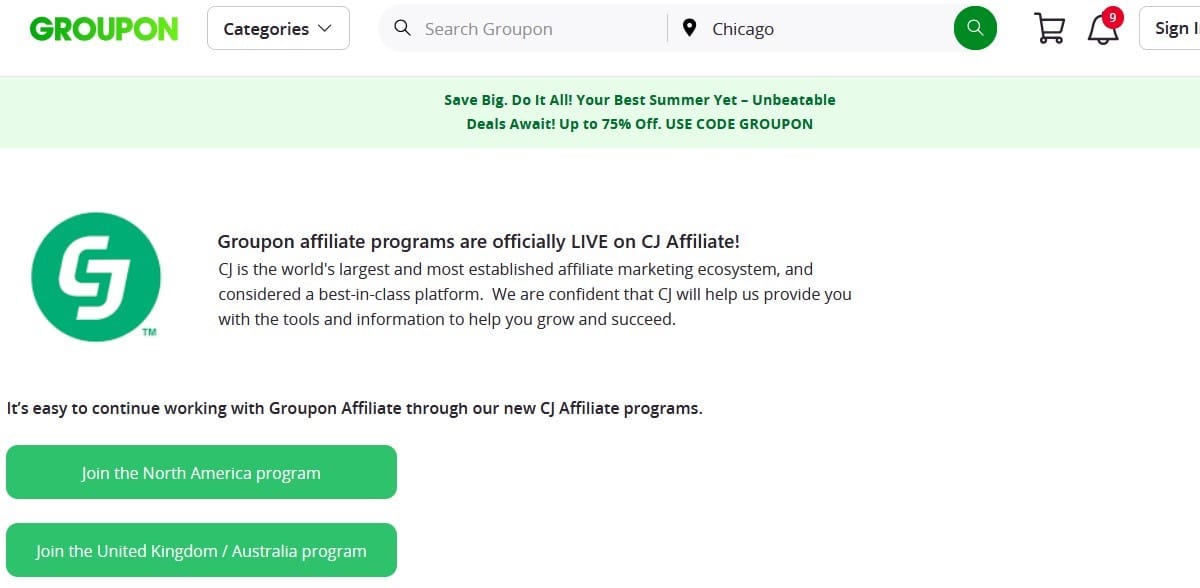
The Ups and Downs: Pros and Cons
Pros
From sushi deals in New York to spa packages in Los Angeles and all-you-can-eat tours in Chicago, Groupon’s inventory is staggering.
No more begging the marketing team for banners; they’re all in your dashboard.
Groupon offers no minimum payout, making it easier to receive your earnings.
Cons
A 7-day cookie duration gives you less time to earn a commission on purchases.
3.2% on average isn’t bank-breaking. You’ll need volume—or high-AOV deals—to make serious cash.
Let’s be real: many savvy shoppers already browse Groupon directly. Convincing them to click through your link can feel like pushing a boulder uphill.
I’ll admit, there have been times when I felt the commissions were more of a “nice extra” than a sustainable income stream. But for niche blogs—say, a site dedicated to mid-western food festivals—it can be a perfect match.
Tactics for Maximizing Your Earnings
- Leverage Seasonal Peaks.
People go nuts for summer adventures and holiday gift coupons. Craft timely round-ups like “5 Unmissable Valentine’s Day Splurges Under $50.”
- Deep Dive into Local Content.
National saving is cool, but local deals resonate. I once wrote a piece on “Hidden Gems in Austin” that netted three spa-package commissions in 48 hours.
- A/B Test Your CTA.
“Check Out This Deal!” feels marketing-y. “Saw this and thought of you—up to 60% off.” Now that’s personal.
- Use Comparison Tables.
If you’re covering multiple deal sources, side-by-side tables showcase value. (A tiny trick I learned from affiliate veteran Sarah, who swears by table conversions.)
Sometimes I get carried away with elaborate layouts; other times, a single sentence with a link outperforms everything. The lesson? Track, tweak, rinse, repeat.
Market Snapshot: Why Coupon Affiliate Still Matters
At a time when shoppers research every penny, coupon and deal sites aren’t going anywhere. Groupon sits at the heart of this boom, boasting 15.5 million active customers worldwide as of the first quarter of 2025. Those aren’t numbers to sneeze at.
5 Alternatives to the Groupon Affiliate Program
If Groupon doesn’t quite hit your niche sweet spot, consider these five alternatives—each with its own flavor:
LivingSocial Program
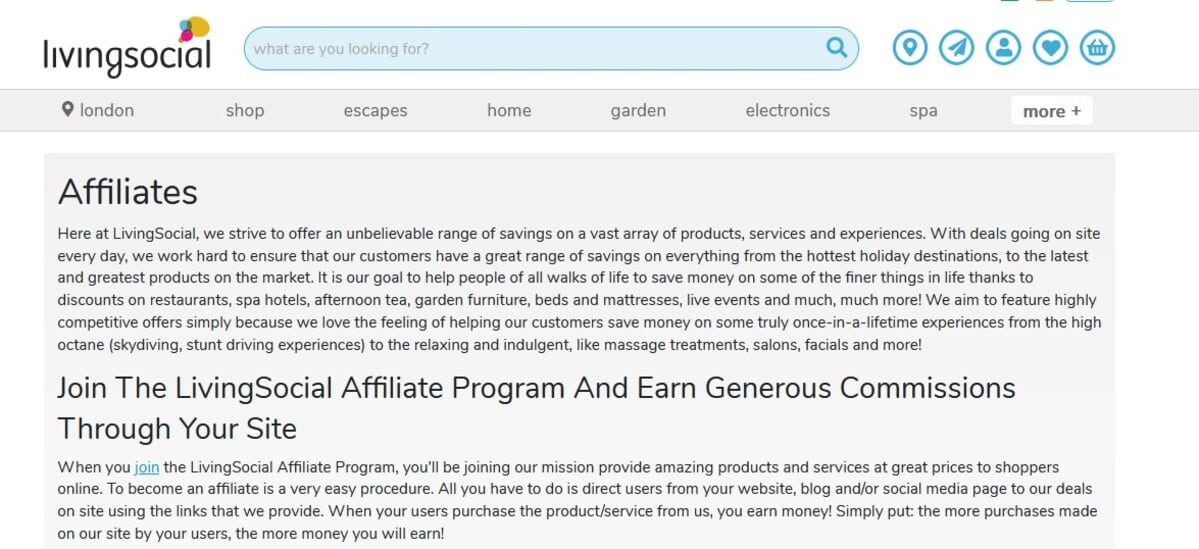
- Cookie Duration: 7 days
- Target Audience: Local experience, restaurant, spa, and activities bloggers
- Standout Benefit: Exclusive high-value local and national deals vetted by deal experts
LivingSocial partners with cities, venues, and brands to deliver curated, time-limited deals on dining, wellness, travel, and events. As an affiliate, you promote pre-negotiated discounts on experiences—everything from spa treatments to cooking classes. The value proposition lies in its focus on local adventures and “flash-sale” urgency, which drives higher click-through and redemption rates.
RetailMeNot Program
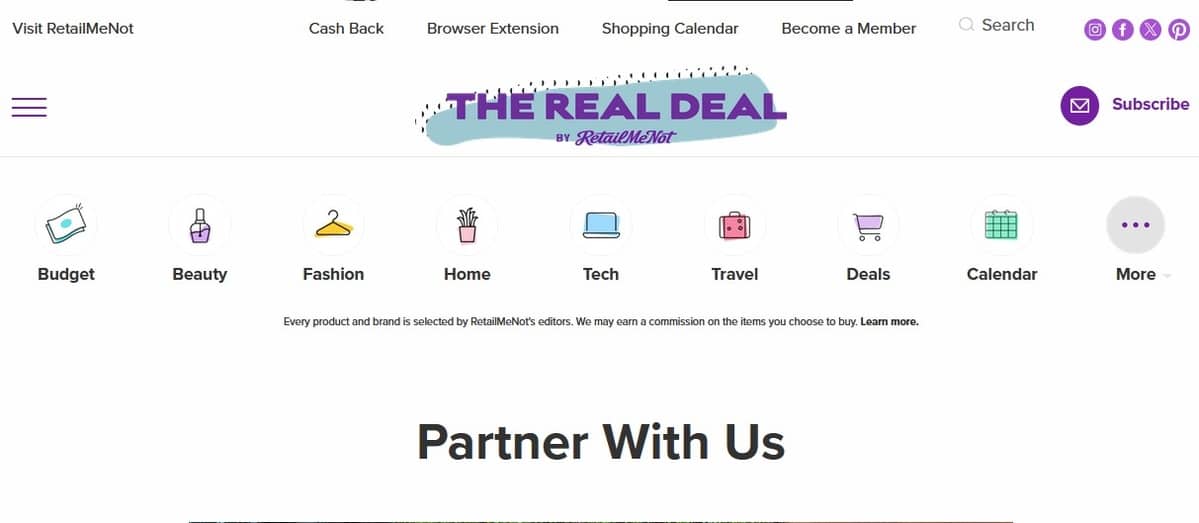
- Commission Structure: not publicly disclosed and varies by retailer.
- Cookie Duration: 30 days
- Target Audience: Coupon, deal and savings websites
- Standout Benefit: Browser extension with auto-apply coupon capability
RetailMeNot dominates the digital coupon space with a massive database of codes and a Deal Finder browser extension that automatically applies the best coupon at checkout. Affiliates earn a revenue share on purchases that originate through RetailMeNot offers. This program appeals to publishers focusing on cash-back and coupon-hunters. Its key limitation is that the average order value per coupon can be lower than high-ticket verticals, but the universal appeal of money-saving deals makes it easy to drive consistent traffic and conversions.
Ibotta Program
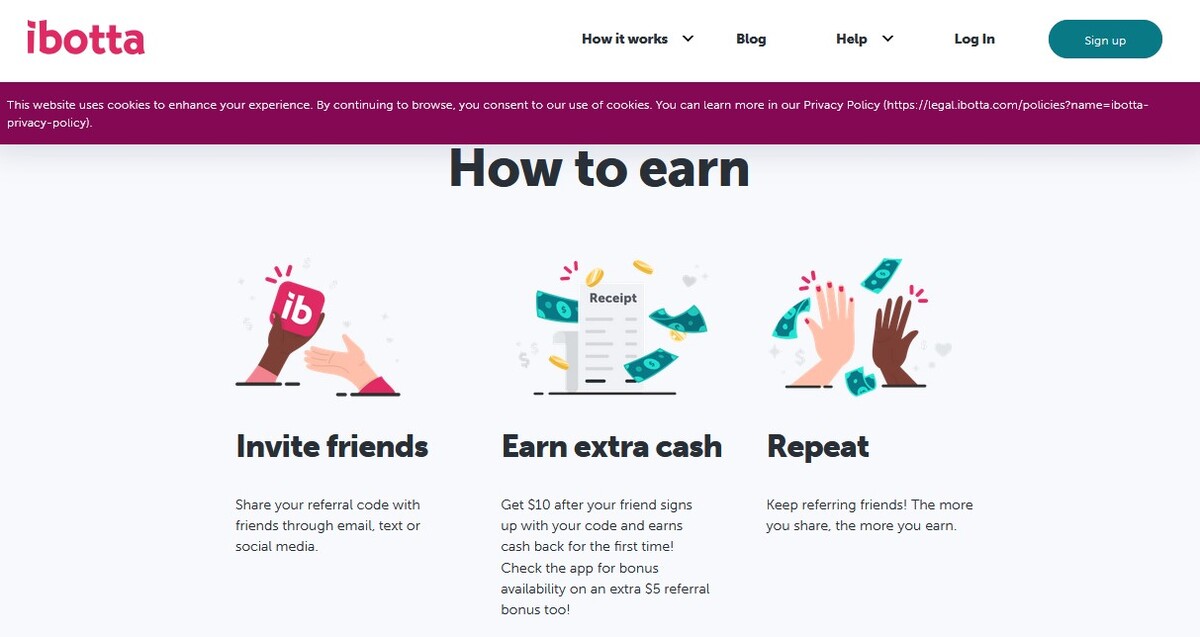
- Commission Structure: $2 USD per new sign-up
- Cookie Duration: 30 days
- Target Audience: Grocery, coupon, cashback, and finance bloggers
- Standout Benefit: Hybrid in-store receipt and digital cashback model
Ibotta pays affiliates for driving new users to its mobile-first cashback platform. Users can scan receipts or link loyalty cards to earn cash back at grocery and retail chains. For affiliates, the flat-fee per download and account creation is easy to track, but the relatively low payout may require high volume. Ibotta’s strong cross-promotion potential in the personal finance niche makes it worthwhile for budget-oriented audiences.
Shopkick Program
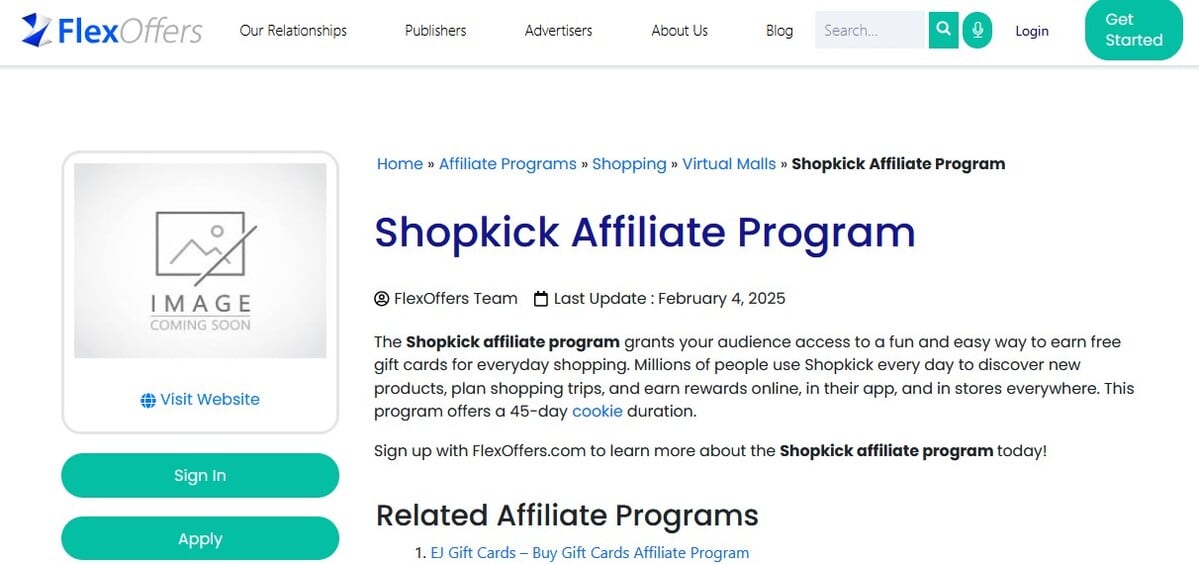
- Commission Structure: Varies, but often a $9.60 payout per app registration
- Cookie Duration: 45 days
- Target Audience: Mobile-first, rewards, and gamification bloggers
- Standout Benefit: In-store “receipt scanning” gamified rewards
Shopkick awards “kicks” (points) to users for walking into partner stores, scanning select barcodes, or making purchases. Affiliates earn a bounty per new install or activity. The gamification aspect drives deep engagement, especially among smartphone-centric shoppers. While commissions can be low per action, the payout for a new registration is competitive.
Swagbucks Program
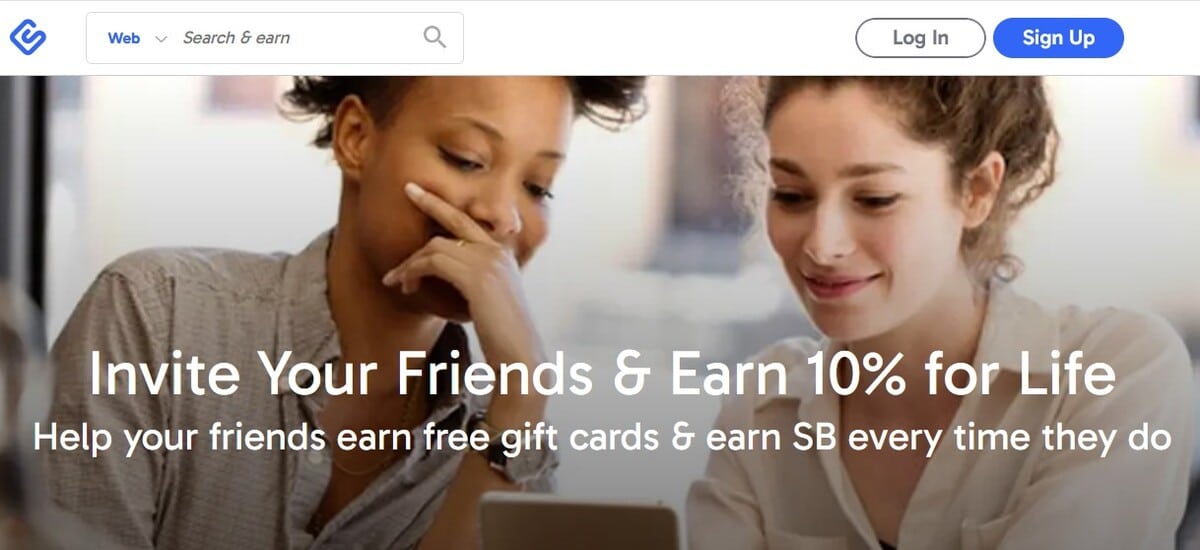
- Commission Structure: $1.30–$3 per verified email
- Cookie Duration: 30 days
- Target Audience: General rewards, survey, and content-driven publishers
- Standout Benefit: Multiple earning methods (surveys, videos, shopping)
Swagbucks is a versatile rewards platform where users rack up points (“SB”) for surveys, watching clips, shopping, and more. Affiliates are paid per qualified sign-up and content creators enjoy cross-promoting a variety of money-making activities. The challenge is aligning your audience’s tech-savviness, but the payout per lead can add up quickly if targeted well.
Each of these brings something unique to the table. It might be worth juggling two or three programs to see which resonates best with your audience.
Wrapping It Up: Is Groupon Right for You?
Look, I’m not going to sugarcoat it: if you’re chasing sky-high affiliate payouts, Groupon probably won’t be your unicorn. But if your brand revolves around saving money, exploring local scenes, or travel adventures on a budget, it’s a surprisingly natural fit. The steady trickle of commissions—even if modest—can add up once you nail your content strategy.
So here’s my two cents: test the waters. Sign up, drop a few links into your next post, and watch the results. Worst case? You’ll still have kicked off a killer deal roundup your readers appreciate. Best case? You’ll have a new revenue stream, all while sharing experiences you’d rave about anyway.
What’s your experience with coupon affiliates? Tried Groupon’s program yet? Drop a comment below, share your wins (or face-palm moments), and don’t forget to follow us on Facebook, Twitter, Pinterest or Instagram for more insider tips. Let’s turn those clicks into cash—one bargain at a time.
Sources
- www.groupon.com/landing/groupon-affiliate
- www.uppromote.com/affiliate-program-directory/groupon/
- www.g2.com/products/groupon/competitors/alternatives

Hello folk,
I’m here to provide you with tips, tricks, and guidance on how to join affiliate programs and monetize your sites or social media accounts. On the right of the site, you can find a list of categories. Just click on those that interest you and see the affiliate programs available. Join those that fit with your writing expertise and your target audience. If you like my posts, please give me a like here:
Facebook, X (Twitter), Instagram, Pinterest, Website, Contact us
